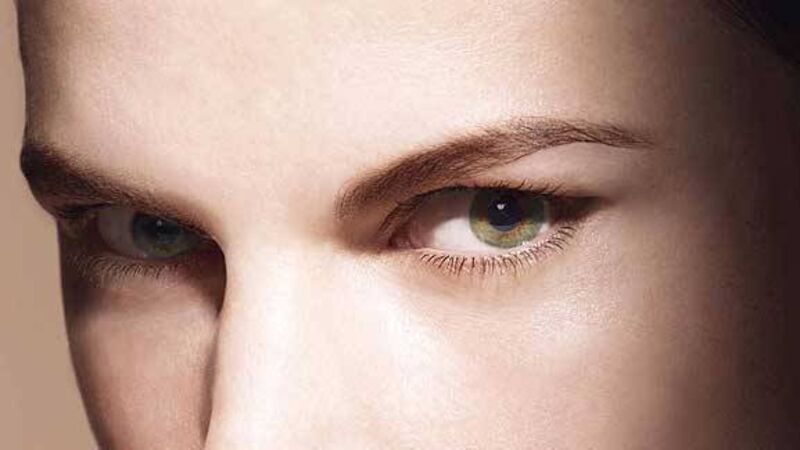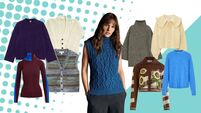Product watch: foundation has got to be perfect

You may be happy with a foundation that almost matches your skin tone but if it is even one shade off, you are not doing your face justice. All the specialist capabilities you choose foundation for (eg, luminising, wrinkle-smoothing, mattifying) are diminished if you wear the wrong shade. Your perfect match is the optimum for neutralising tone, working with your concealer to create the flawless canvas we all want.
Fair skin that burns and/or barely tans has very little melanin (the pigment that gives skin its colour), and often pink, bluish-red, or ruddy undertones. A tendency to flush deeply and easily is a dead giveaway for this tone. Rosacea sufferers with neutral skin should experiment with fair skin foundation shades.
Olive skin tones tend to look gray or ashy at times. This comes from a combination of the yellow undertones everyone has and a greenish hue that’s unique to olive skin. Foundations near the middle of the spectrum are usually your starting point for testing but it is worth trying a couple of warmer tones too.
Golden Brown to Ebony skin tans easily and do not burn. If this is you, your skin’s melanin level is high and most likely has a warm yellow-to-olive undertone. Some women of African descent also have bluish undertones.
Neutral skin tones are those with no obvious olive, sallow or pink undertones. Neutral ladies have the easiest time finding foundations and may find that more than one shade in a range suits them.
¦ Seek out foundations that have a slightly yellow cast to them. Whether you’re pale or dark, you have some yellow undertones in your complexion because this tends to be the predominant colour of melanin. Even if you are very fair, a purely pinkish or white shade will look wan and dated. Yellow-based foundation tones wonderfully with your skin, providing the fresh, healthy look that make-up should.
¦ If you have pink undertones, shades with names like ecru, cream or beige should be your starting point for experimentation. If you have golden undertones, look for ivory, buff and tan. If you have dark skin with warm undertones, go for coppery shades. Dark skin with cool, bluish undertones looks best in espresso.
¦ Don’t use a darker shade to “give you a bit of colour”. Your foundation is not meant to create a whole new skin tone and this will never look natural.
¦ In natural light, apply a stripe of foundation from your cheek to your jaw and blend well. Do the same with a foundation that’s one shade lighter and another that’s one shade darker. The shade that is traceless after blending is your true colour. Double-check by testing some on your forehead, as sun exposure can make this area a bit darker. If it works in both spots, you’ve found a match. If you think your natural colour lies between two shades, try blending them on the back of your hand before doing another swatch test.
¦ Make-up impresario Bobbi Brown recommends having two foundations in your make-up drawer — one for the winter months, when your skin is paler, and one for the summer months, when your skin is slightly darker.
¦ Try findation.com or temptalia.com/foundation-matrix for a selection of brands that offer your shade in a variety of finishes.
I’m a false-lash junkie, but it costs a fortune to wear them daily. Can you recommend a volumising, lengthening mascara that will make my eyes ‘pop’?
Dior Show Mascara, by Dior, €30.50, is a time-tested classic. Released in 2002, it is occasionally equalled, but never bettered. The chunky, tear-shaped brush captures and covers every lash, and the formula holds them in a curl all day, without flaking.
If you like to mix things up, colour-wise, those MAC geniuses launch their False Lashes mascara, €23.50, this week, in four, flattering new shades: ‘plum reserve,’ ‘blue charge,’ ‘artificial aubergine’ and ‘counterfeit’ (a mauve-brown). The False Lashes formula makes lashes look super-long and feathery. Happy batting.










